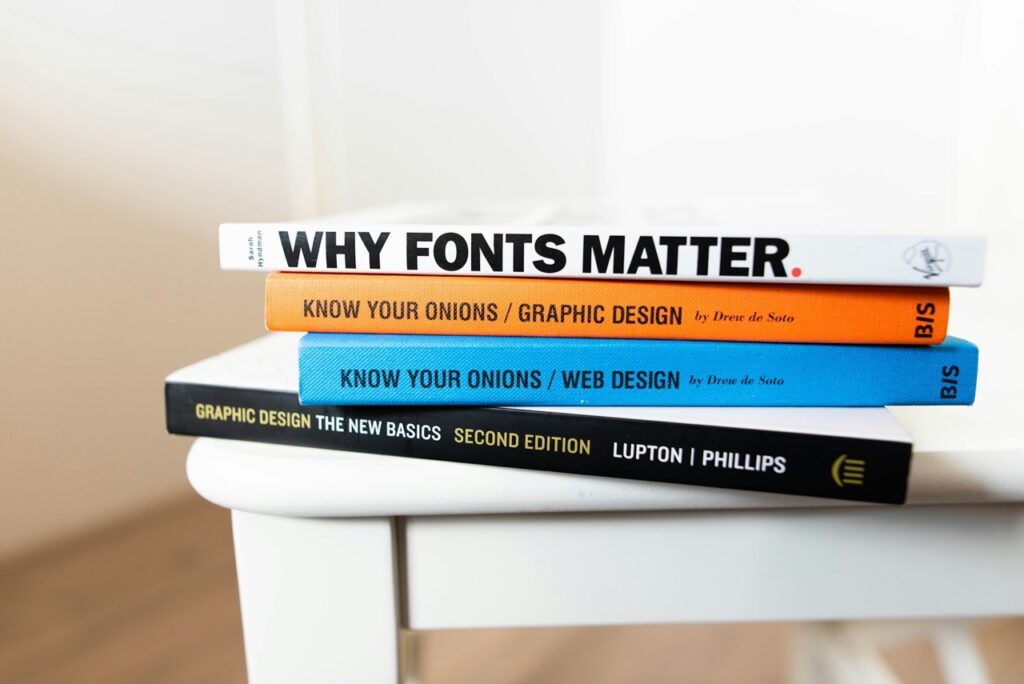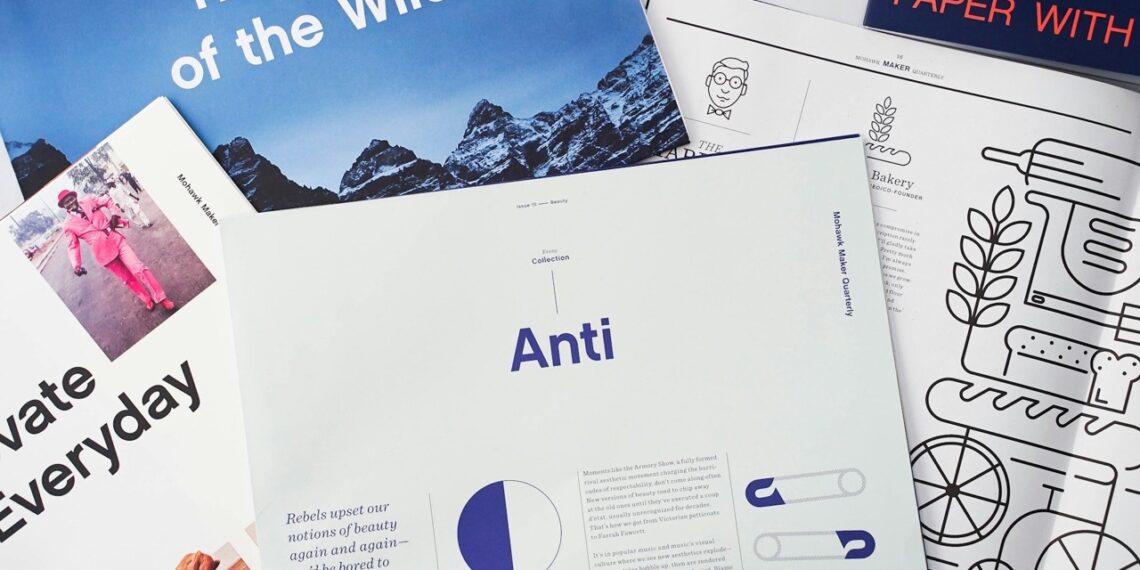How a dynamic identity can breathe new life into a brand
Companies are fighting tooth and nail for every consumer in today’s market. However, surprising customers are becoming increasingly complex, so they look for new ways to stand out. One of them is an identity. And while companies used to use a static version, more and more specialists are now turning to a dynamic one.
Identity has many components. It includes a logo, a unique brand style, a slogan and a tone of voice. Elements of the brand identity are the points of contact with the company and everything that creates associations with consumers.
Types
There are two types of brand identity: static and dynamic. In the first case, the elements remain virtually unchanged for a long time. The company may change the details of the logo, corporate identity, or colour palette details, but they are essentially the same as during development. The main advantage of a static identity is that it is easy to create. If it effectively attracts an audience, there is no point in changing it.
The dynamic view has no limits on texture, colour, or shape. The most important thing is that all elements work to increase brand recognition. This option allows you to create different combinations of colours and shapes for practical activities. Various aspects of the identity can be used on different platforms for better communication.

Examples of how to use the dynamic option
The dynamic option is ideal for brands with multiple product lines. In this case, each name follows the corporate identity but with modifications.
A flexible and adaptable identity allows the brand to interact effectively with different target audience segments through various channels. It is easier for a brand to communicate its message to other groups of consumers on different platforms, be it social media or a physical store.
A dynamic identity is perfect when a business needs to change without a radical rebrand. The solution may be experimenting with different logo variations to make it dynamic. There are several techniques to do this:
- Container, when placing images or verbal messages within a logo. They can also be photos or certain patterns—it all depends on the objectives.
- The background. It consists of several elements that change periodically. In this case, the background can convey information about the brand or its products.
- Logo. Depending on the theme, it is completed with new elements and gets new images. It is also possible to create the logo in different styles of design.
- The tone of voice. The tone of communication also needs to change to build effective interaction. For a young audience, for example, it can be free, with elements of humour. The communication style will be more formal when communicating with business partners or older consumers.
A dynamic identity helps prolong and refresh the brand’s life without radical changes. It also allows for adapting the brand style to different platforms and consumer categories.




